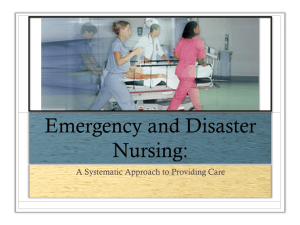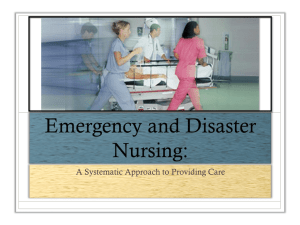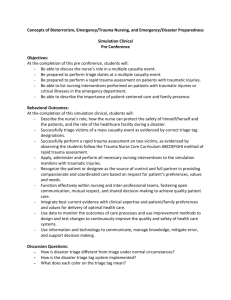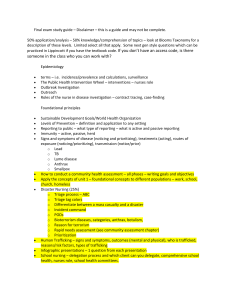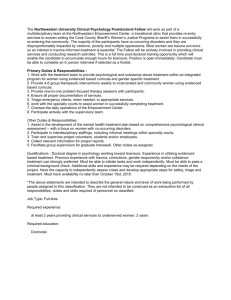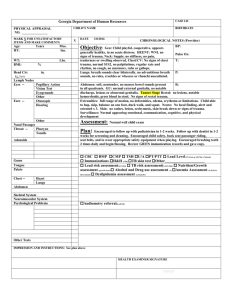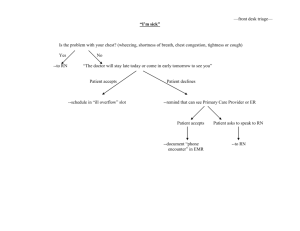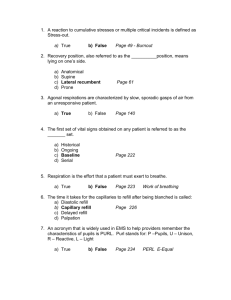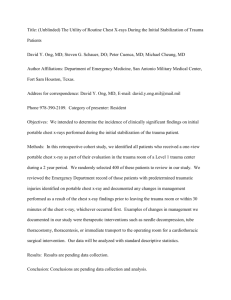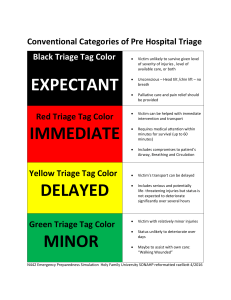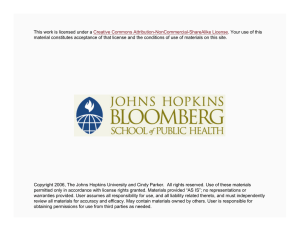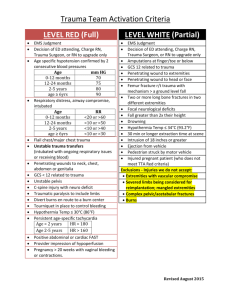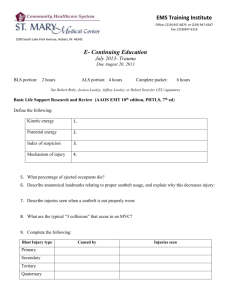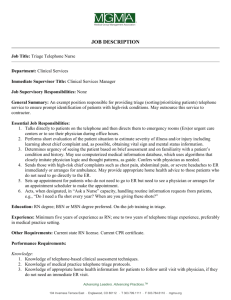paediatric triage
advertisement
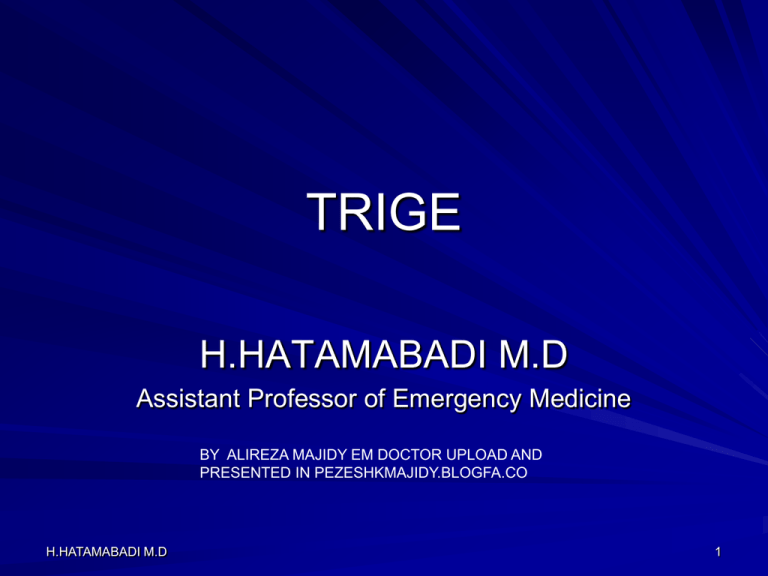
TRIGE H.HATAMABADI M.D Assistant Professor of Emergency Medicine BY ALIREZA MAJIDY EM DOCTOR UPLOAD AND PRESENTED IN PEZESHKMAJIDY.BLOGFA.CO H.HATAMABADI M.D 1 H.HATAMABADI M.D 2 H.HATAMABADI M.D 3 H.HATAMABADI M.D 4 H.HATAMABADI M.D 5 H.HATAMABADI M.D 6 H.HATAMABADI M.D 7 H.HATAMABADI M.D 8 H.HATAMABADI M.D 9 H.HATAMABADI M.D 10 H.HATAMABADI M.D 11 H.HATAMABADI M.D 12 H.HATAMABADI M.D 13 H.HATAMABADI M.D 14 H.HATAMABADI M.D 15 H.HATAMABADI M.D 16 H.HATAMABADI M.D 17 H.HATAMABADI M.D 18 H.HATAMABADI M.D 19 H.HATAMABADI M.D 20 H.HATAMABADI M.D 21 H.HATAMABADI M.D 22 H.HATAMABADI M.D 23 H.HATAMABADI M.D 24 H.HATAMABADI M.D 25 H.HATAMABADI M.D 26 Convergence Hospital close to disaster scene SAVE = Secondary Assessment of Victim Endpoint Combine with START Useful for any scenario in which multiple patients with prolong delay in care (days) Health Care Provider in disaster zone Immediate and dynamic H.HATAMABADI M.D 27 SAVE Mangled Extremity Severity Score (MESS) (64) to assess crush injury to extremities Glasgow Coma Score less than eight in adults with significant head injury Abdominal trauma with refractory hypotension Chest trauma with abnormal vital signs Spinal trauma Burns with < 50% probability of survival or adults over 60 years of age with an inhalational injury Adults with pre-existing diseases Non-traumatic emergencies Special triage categories such as health-care workers with minor injuries who with simple treatment may be able to assist in the medical response H.HATAMABADI M.D 28 Categories 1) Those who will die regardless of cares 2) Those who will survive whether or not they receive care 3) Those who will benefit significantly from austere field intervention Chest Tubes H.HATAMABADI M.D 29 First Out = treatable in hospital and fatal in field Intraabdominal problems need to surgery H.HATAMABADI M.D 30 PAEDIATRIC TRIAGE The basic principles of triage remain the same for children as they are for adults. overtriage H.HATAMABADI M.D 31
